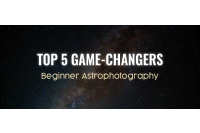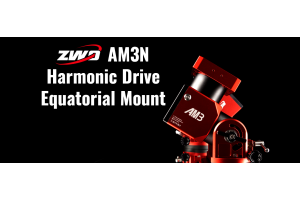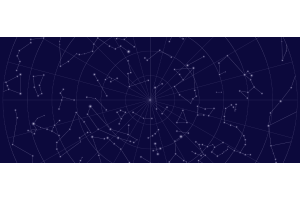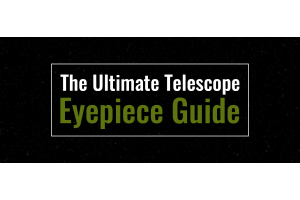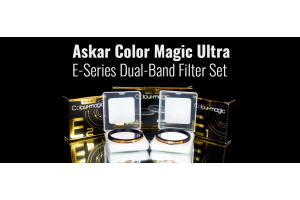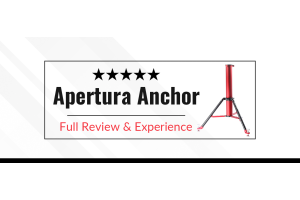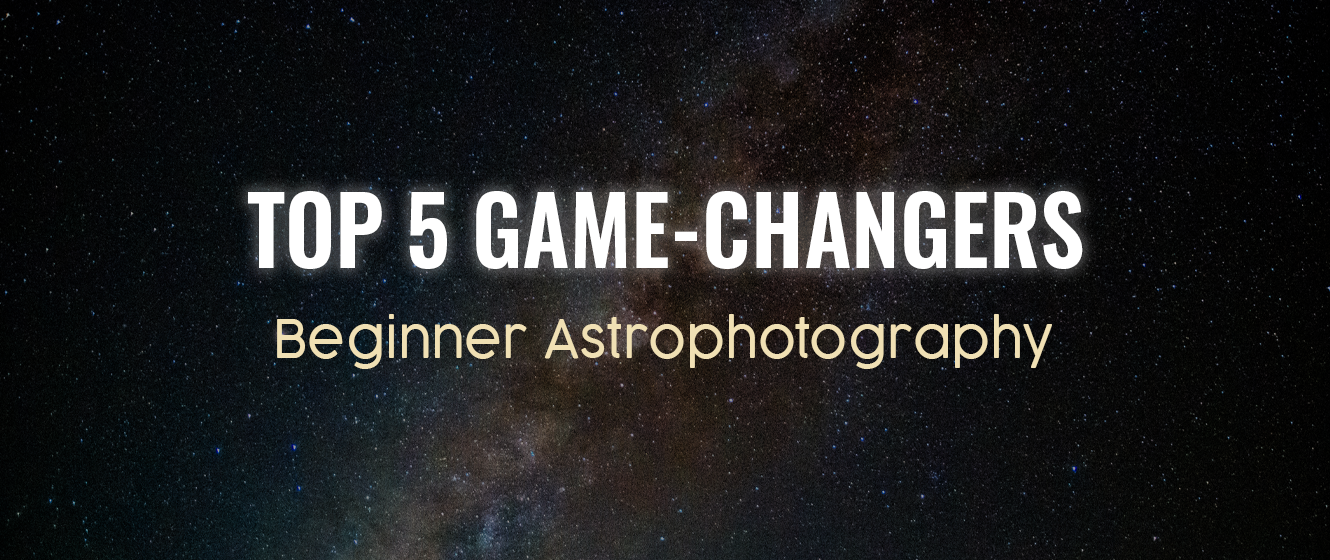
For many, astrophotography is a life-changing hobby. Astrophotography is one of the most intimate ways we as human beings can truly engage with the beautiful universe in which we live. Through astrophotography, you can capture with your own gear beautiful nebulae and galaxies billions of light-years away from the Earth. But while some astrophotographers are able to use their gear to capture awe-inspiring photos, others ultimately leave the hobby due to not buying the right equipment for their skillset. In this article, we’re going to be covering five of the best products for a beginner astrophotographer that we believe are an absolute game-changer. This article assumes that you already have a DSLR and some sort of sturdy tripod. If you’re looking for a DSLR, we recommend checking out a camera like a used Canon 6D, Nikon D5300, and so on.
#5. Stellarium / Sky-Safari
If you don’t already have an understanding of the night sky, we strongly recommend some sort of planetarium software to help you locate and identify deep sky objects. If you’re looking to use your laptop, the best planetarium software is without a doubt Stellarium. Stellarium is a completely free, open-source software with a default catalog of over 600,000 stars and 80,000 different deep sky objects. Stellarium is free for those with a PC, but it is also available on mobile apps for a small fee. For those looking to use a smartphone in the field, there are many good options too! A great option to consider is SkySafari. SkySafari allows you to bring many of the capabilities Stellarium offers with the convenience of being able to use your smartphone. SkySafari even offers an Augmented Reality (AR) mode that allows you to project an image of the sky onto a real view of your surroundings.
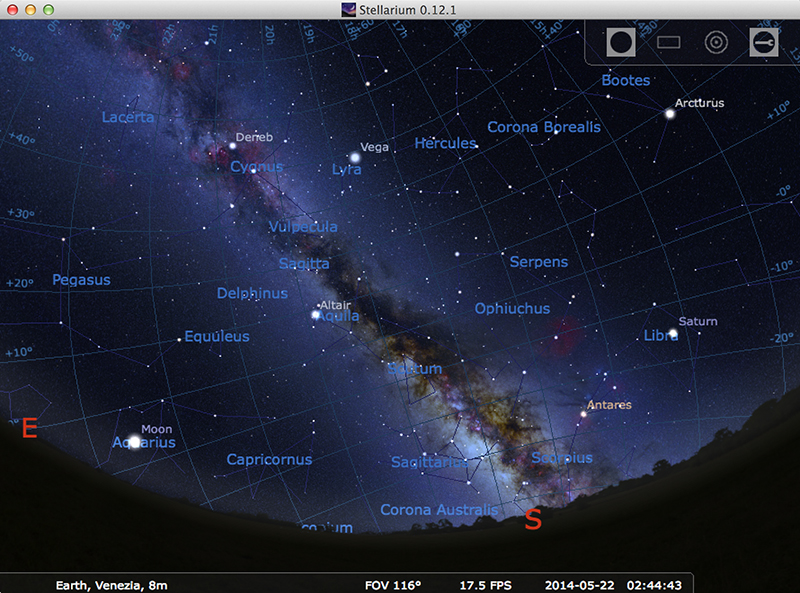
#4. AC Coupler
Number #4 on our list is an AC coupler for your DSLR. While the battery in your DSLR can last you a few hours, if you want to take a ton of data without concern of your battery dying out, we strongly recommend an AC coupler. An AC coupler connected to your DSLR will ensure hours of continuous power to your DSLR, enabling the operation of your DSLR all night long!
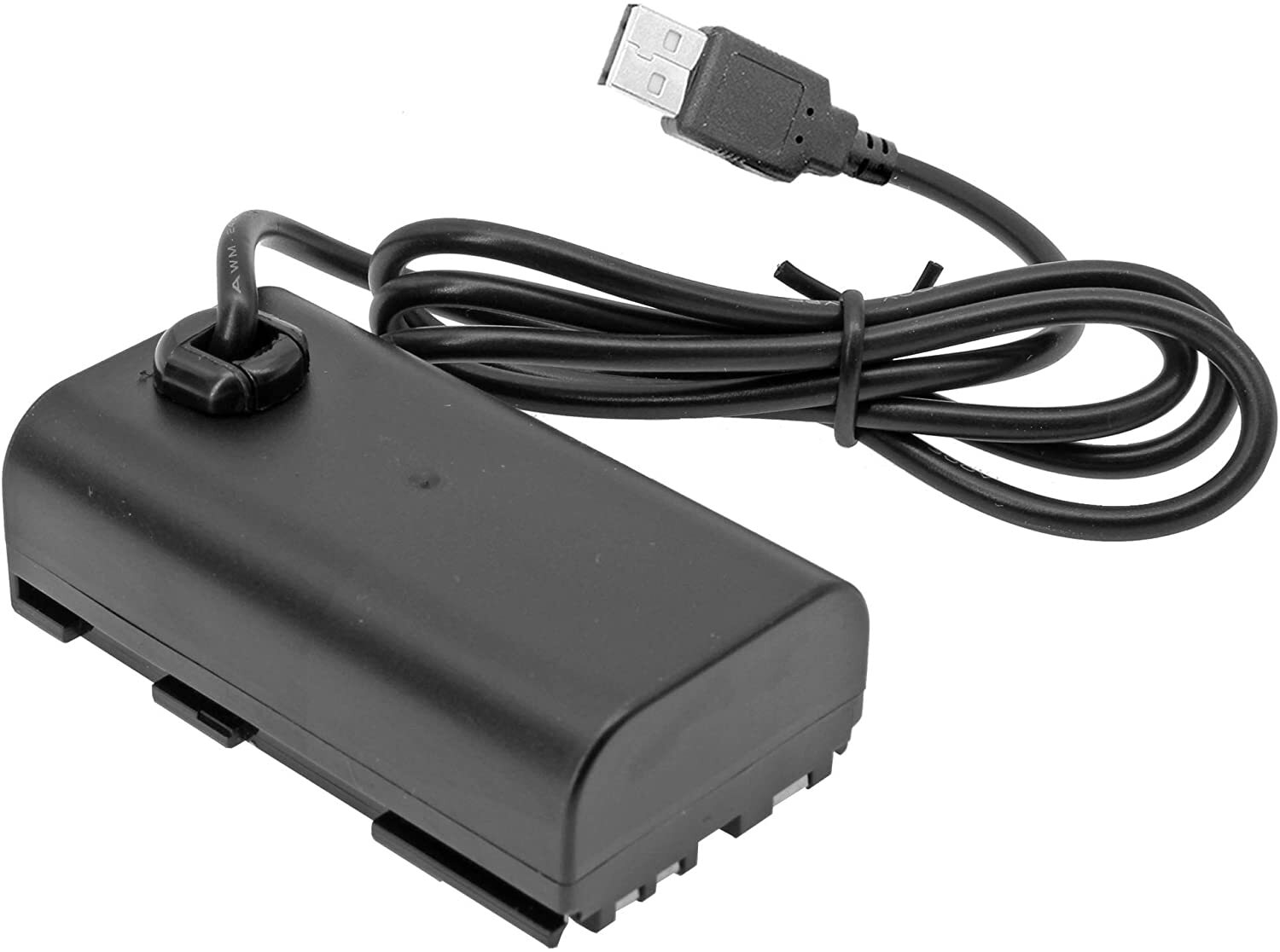
#3. RedCat 51, camera lens, or similar
Number #3 on our list is definitely some sort of short focal length refractor or camera lens with a focal length around 85 to 250mm. A great example of this is the William Optics RedCat 51, which can easily fit on top of an iOptron SkyGuider pro, Sky-Watcher Star Adventurer, or a similar portable star tracker. However, any camera lens or telescope in this range would absolutely work. At a focal length of under 250mm, you’ll be able to capture amazing wide-field shots of the Horsehead and Orion Nebula, Rosette Nebula, Andromeda Galaxy, and so much more! If you purchase a telescope, be sure that you also have the proper t-ring adapter for your camera on hand. A t-ring will ensure a solid connection between your DSLR’s bayonet and the end of a telescope.
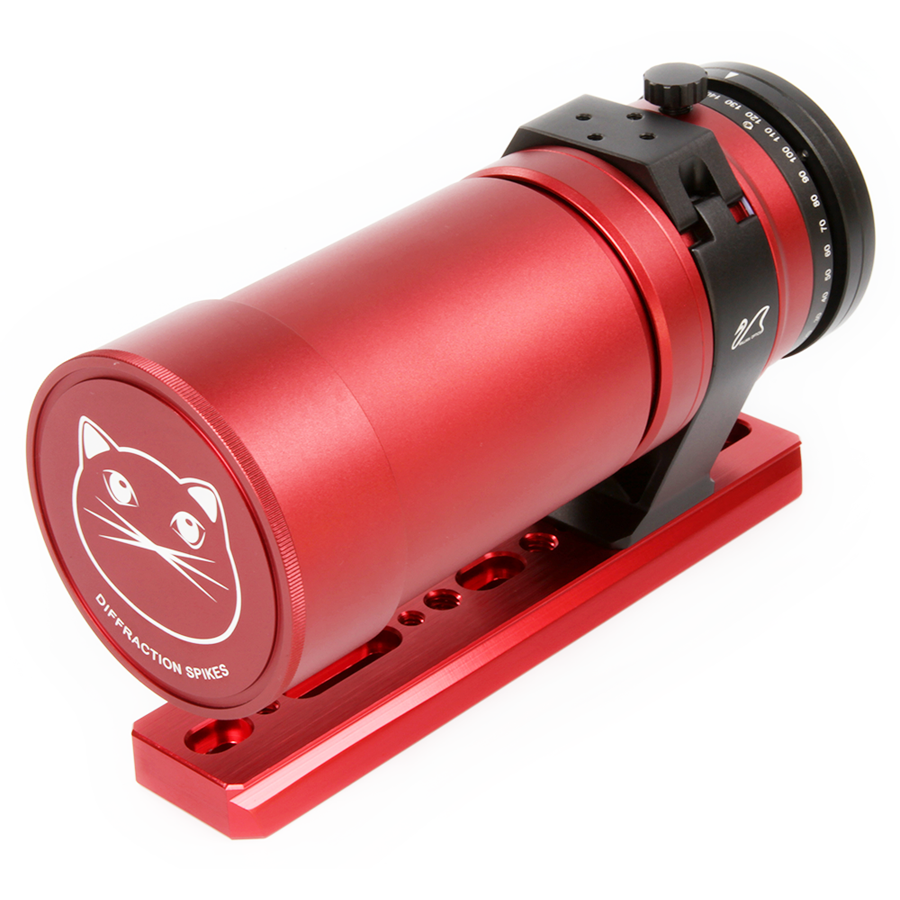
#2. Intervalometer
Using an intervalometer with your DSLR is absolutely a huge game-changer if your DSLR does not already come with one built in. An intervalometer allows you to sequence your images by defining how long of an exposure you want, the interval between your images, and how many exposures you want. The goal of astrophotography is to stack your images to increase the signal-to-noise ratio, so being able to take tons of exposures is critical. Having an intervalometer will be an invaluable tool to help you achieve consistent exposures. Otherwise, you’ll either be limited to 30” exposures or holding down your shutter for extended periods of time, which will result in shaky images.
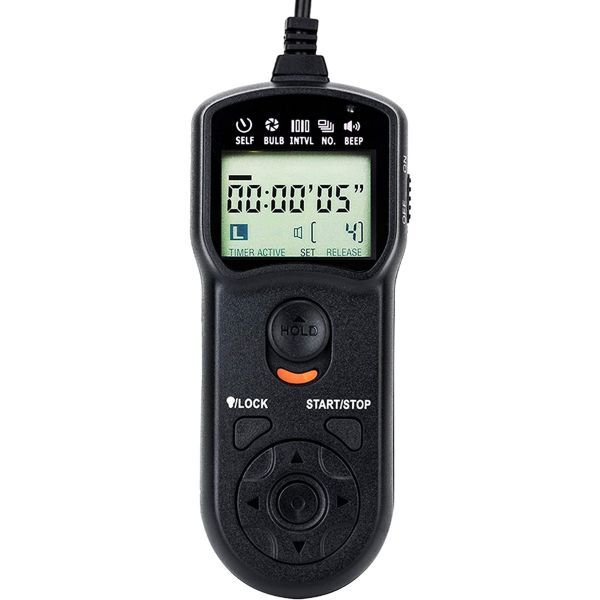
#1. Skytracker - iOptron SkyGuider Pro / Sky-Watcher Star Adventurer
Our number #1 on this list, without a doubt, is a portable star tracker, such as the iOptron SkyGuider Pro or Sky-Watcher Star Adventurer. If you take a long exposure of the sky on just a standard photo tripod, you’ll find that your stars quickly begin to “trail” after a few seconds. This is a result of Earth’s rotation about its axis of about 15 degrees per hour. Having a star tracker will enable you to take anywhere from thirty second to even two-minute exposures of the night sky, assuming you have proper polar alignment. This will result in images that are significantly higher quality, brighter, and with less noise while retaining pinpoint stars. Most star trackers rotate on one axis, known as right ascension or RA. To set up a star tracker, all you need to do is use the built-in polar scope, align with the North Celestial Pole (NCP) as indicated in your polar scope with respect to the star Polaris, point to your target, and you’re good to go!
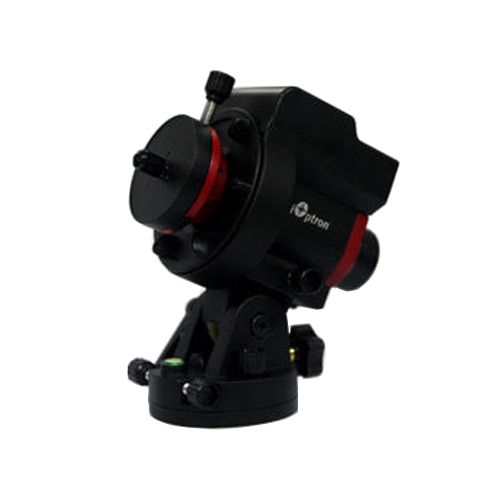
Honorable Mentions
32GB SD Card
Astrophotography involves taking lots of photos. All of which must be in RAW mode on your DSLR to maximize quality. Because of this, a single session of astrophotography can take as much as 4-5GB on your SD card. We strongly recommend getting at least a 32 GB SD card with a faster transfer speed in order to be able to take as many astrophotos as possible.
PoleMaster (Sky-Watcher Star Adventurer)
Should you decide to purchase a Sky-Watcher Star Adventurer, we recommend checking out the QHY PoleMaster. The PoleMaster uses a sensitive camera to take a picture of the sky around Polaris. Because the camera is much more sensitive than your eyes, it can see the faint stars that surround the North Star, providing a more exact location of true north. The PoleMaster uses this image to calculate the north celestial pole, and that is the first step in achieving a precise polar alignment. You can install the PoleMaster on the front end of the RA axis on the Sky-Watcher Star Adventurer.

Questions? Learn More!
Interested in learning more about astrophotography? Check out our articles in the Astronomy Hub for all your astrophotography and astronomy needs!




